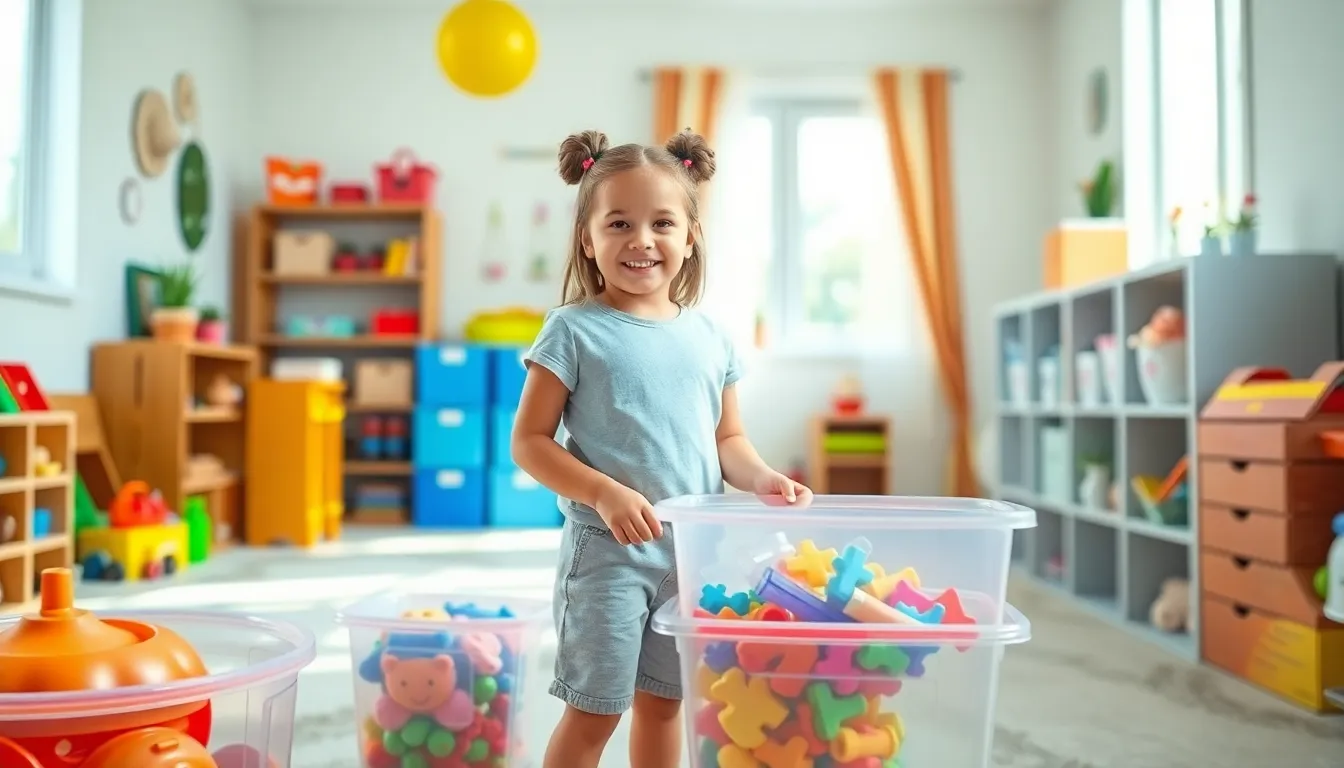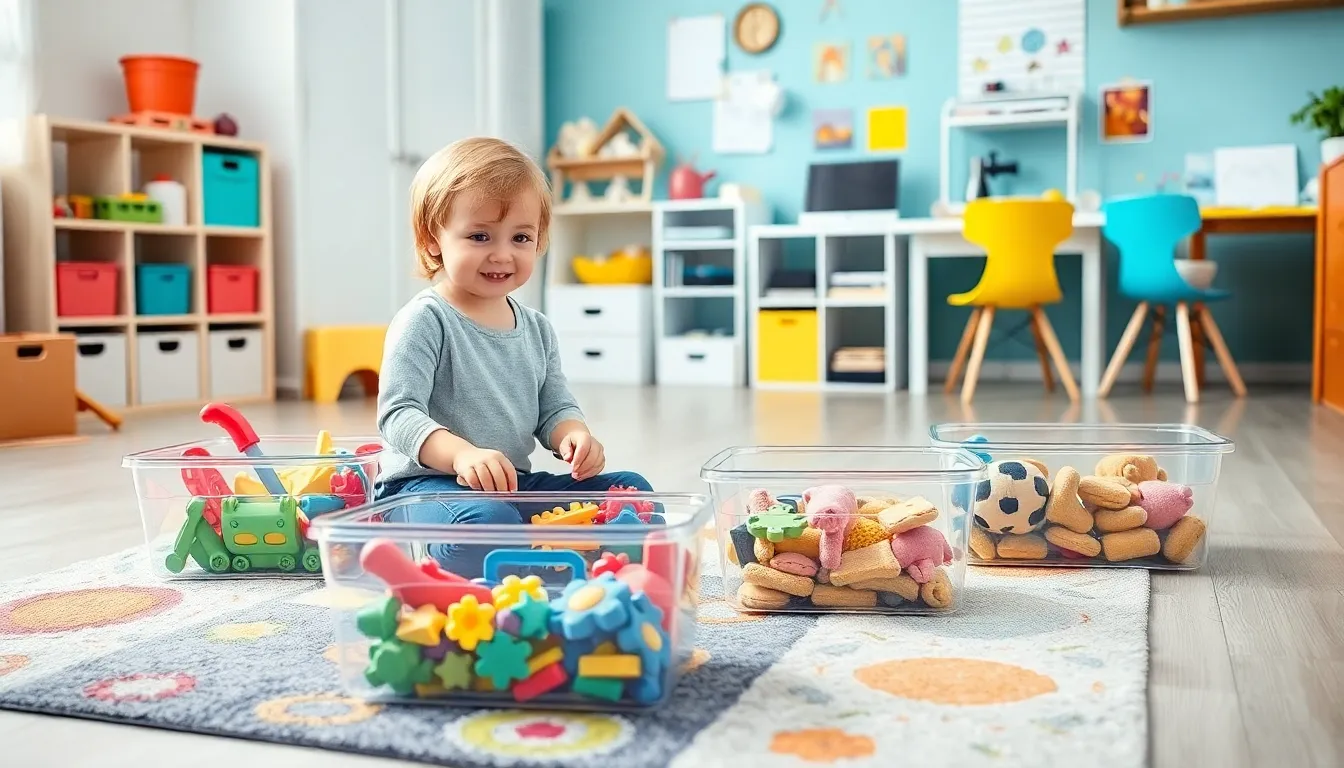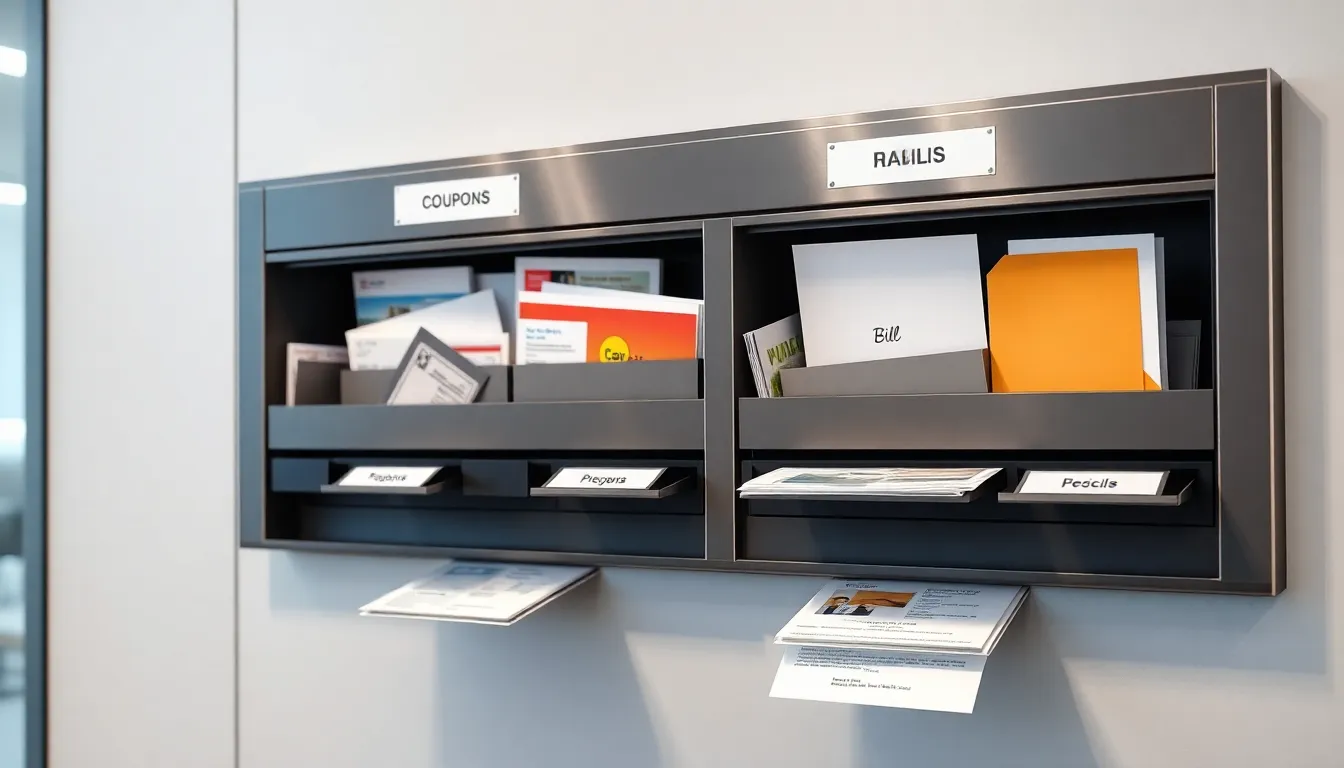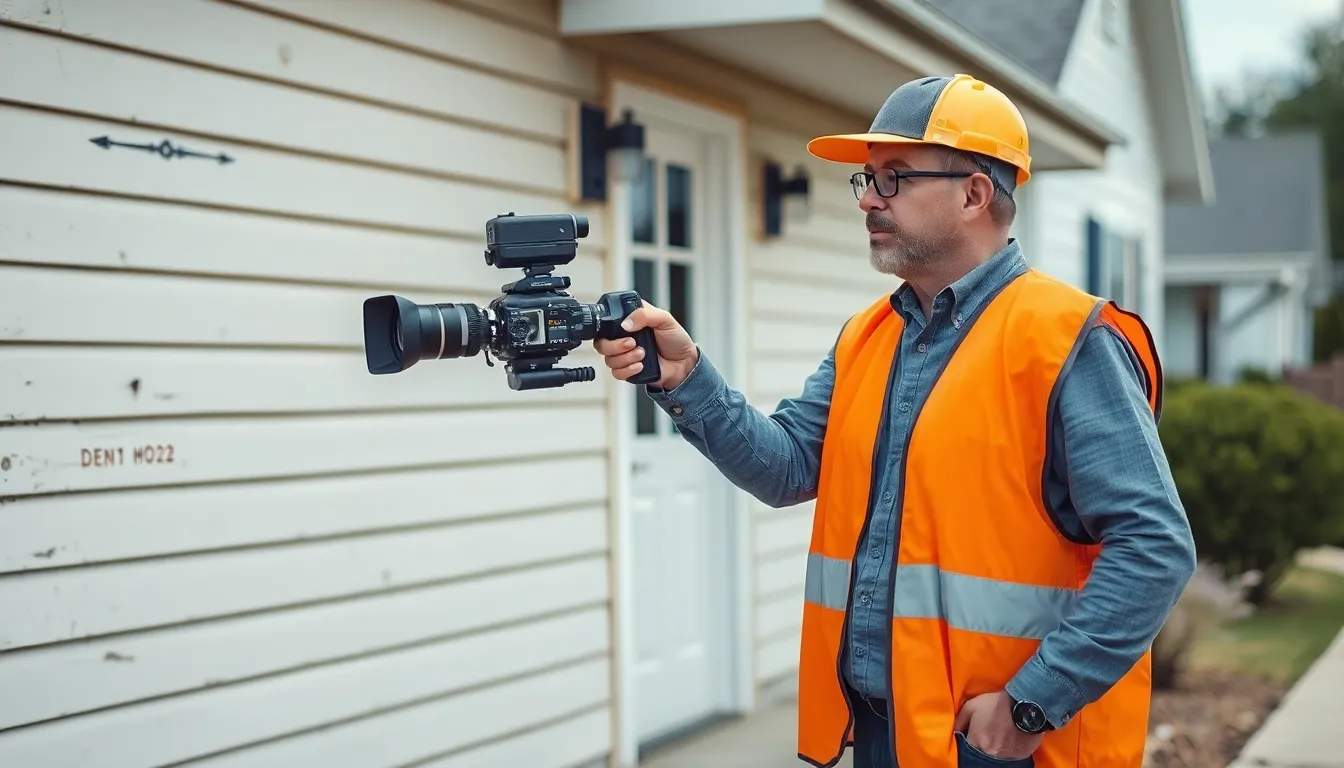Getting kids organized can feel like trying to herd cats—chaotic and a little bit hilarious. Yet, with the right strategies, transforming that whirlwind of toys, clothes, and snack wrappers into a tidy haven isn’t just a pipe dream. It’s possible, and it can even be fun!
Table of Contents
ToggleThe Importance of Organizing With Kids
Organizing with kids fosters essential life skills. It’s vital for their development and creates a more manageable home environment.
Building Responsibility
Building responsibility starts with kids understanding the importance of maintaining order. Assigning simple tasks, like sorting toys or putting away clothes, allows them to take ownership of their space. They develop accountability for their belongings, leading to positive habits. As they participate, children learn that every item has a designated place and understand the consequences of neglect. Resulting organization skills stay with them and serve them well in the future.
Enhancing Independence
Enhancing independence occurs when kids gain skills through organizing. Completing tasks without constant adult supervision empowers them. This autonomy boosts confidence and enhances decision-making abilities. Encouraging children to choose storage solutions or create their own organization systems fosters creativity and problem-solving skills. When kids make choices about their spaces, they gain a sense of control, which can translate to other areas of their lives. Independence gained through organizing sets a foundation for future success.
Strategies for Organizing Spaces
Organizing spaces with kids promotes accountability and independence. Implementing clear strategies leads to a more structured environment.
Utilizing Storage Solutions
Storage solutions maximize space while simplifying organization. Clear bins provide visibility for toys, making it easier for children to find and return items. Baskets encourage kids to toss in their belongings, promoting tidiness without added effort. Labeling containers with pictures or words helps children recognize where items belong, fostering independence. Stacking shelves offers extra storage while keeping frequently used items accessible. Choosing multi-functional furniture, such as ottomans with storage, enhances space utility.
Creating Designated Areas
Designated areas clarify organization and set clear expectations. Establishing separate zones for play, homework, and relaxation helps children understand boundaries. Creating a dedicated homework station encourages focus and minimizes distractions. Personalizing spaces allows children to take pride in their areas. Kids may enjoy maintaining their designated spots with age-appropriate storage options. Using colorful rugs or distinct decor can visually separate spaces, making organization intuitive. This approach cultivates a sense of ownership and responsibility over personal belongings.
Fun and Engaging Organizing Activities
Organizing with kids can transform into a fun experience. Engaging activities not only make tidying up enjoyable but also instill valuable skills.
DIY Projects
Creating DIY projects serves as an effective way to involve kids in the organizing process. Building a custom toy storage unit allows children to express creativity while learning about organization. Gathering materials like cardboard boxes, paint, and stickers enhances engagement. Constructing personalized shelves or bins gives ownership to their space. Projects can also include making colorful labels for different storage areas to foster identification and responsibility.
Gamifying the Process
Transforming organizing tasks into games increases children’s motivation. Setting a timer for a “clean-up race” encourages quick and efficient sorting. Offering small rewards for completing organizing missions makes the process exciting. Creating a points system allows kids to earn prizes or privileges through successful organization. Incorporating favorite characters or themes can further engage children, making the tidying process feel less like a chore and more like a playful adventure.
Involving Kids in the Process
Involving children in the organizing process creates a sense of ownership and responsibility for their spaces. Engaging them enhances their investment in maintaining order.
Encouraging Participation
Encouraging participation can transform organizing into a collaborative endeavor. Children often respond well to having a voice in decisions about their surroundings. Incorporating their preferences fosters enthusiasm and motivates them to contribute. Letting kids choose storage solutions or design elements gives them a sense of pride. Additionally, offering choices helps them develop decision-making skills that are crucial for life. Allowing kids to express themselves while organizing encourages a positive association with tidying up.
Setting Realistic Goals
Setting realistic goals ensures that organizing feels achievable for children. Breaking tasks into manageable steps helps prevent overwhelm. For example, focus on one area at a time, such as a single shelf or a corner of the room. Establishing specific, obtainable objectives also builds confidence as kids complete each task. Creating a checklist can provide a visual reminder of their progress. Celebrate small milestones to reinforce positive behavior, making organizing a rewarding experience.
Conclusion
Organizing with kids isn’t just about decluttering spaces; it’s about nurturing essential skills that will serve them for a lifetime. By involving children in the process, parents can foster a sense of responsibility and independence that empowers them. The strategies outlined not only simplify organization but also turn it into a fun and engaging activity.
When kids take part in creating their own organized environments, they develop a deeper connection to their belongings and their spaces. This collaborative effort transforms chaos into order while building confidence and creativity. Ultimately, a well-organized home becomes a foundation for growth and success, benefiting the entire family.







